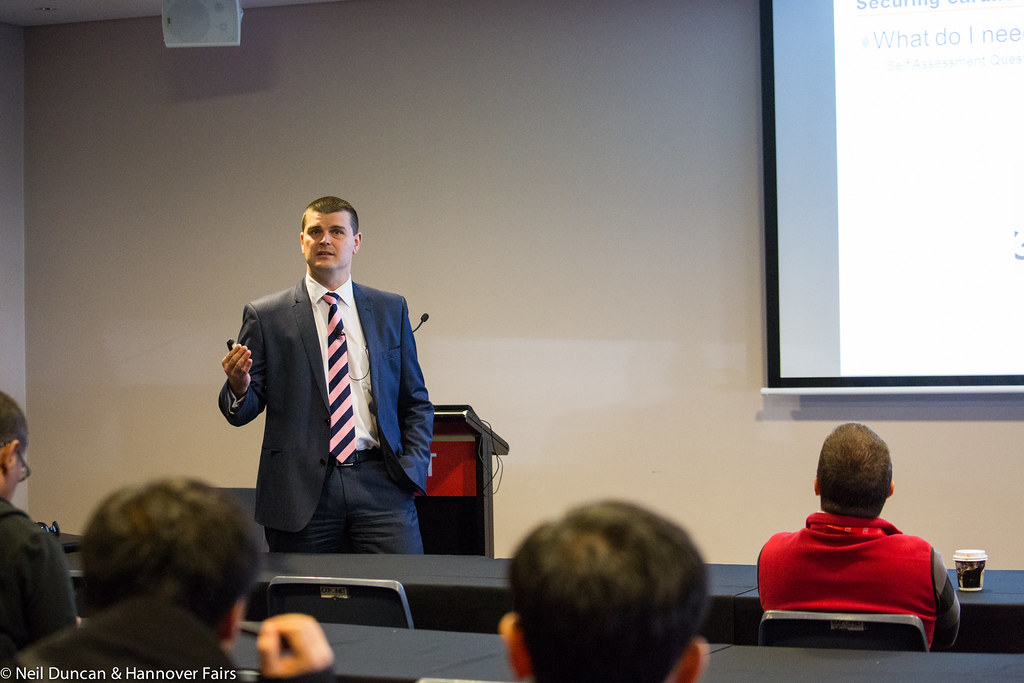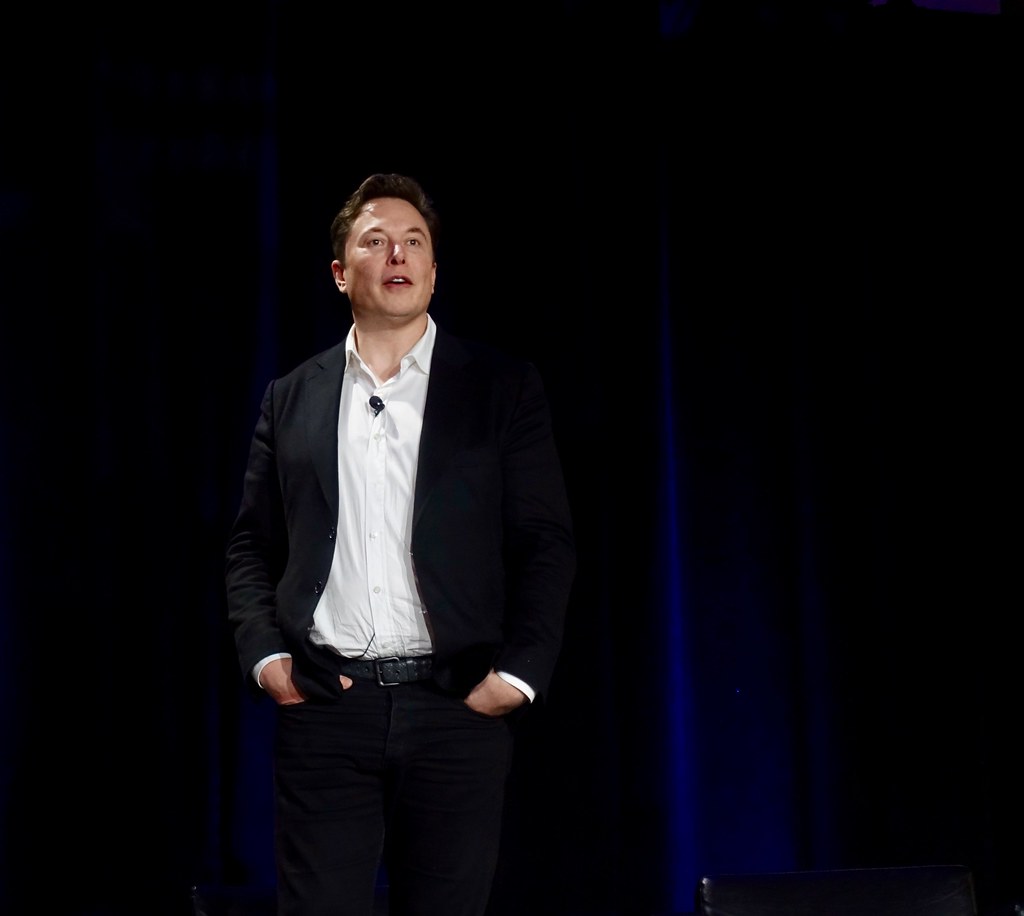The Hidden Productivity Killer Nobody Talks About

Here’s something that might surprise you: more than 50% of employees reported being “relatively unproductive” at work, according to a massive McKinsey survey of 15,000 people in 2023. But what if I told you the biggest obstacle to your productivity isn’t your workload, your boss, or even your phone notifications? It’s something far more subtle and destructive that most people have never even heard of. The average knowledge worker loses 2.1 hours per day to distractions and recovery time, costing employers approximately $10,375 per employee annually. This invisible enemy has a name: attention residue.
When Your Brain Gets Stuck on Yesterday’s Task

Attention residue reflects the persistence of cognitive activity about a Task A even though one stopped working on Task A and currently performs a Task B. Think of it like mental sticky notes that refuse to come off. When you switch from one task to another, some of your attention remains stuck with the original activity. This residue has a negative impact on subsequent performance. It’s the reason why you can’t fully focus on writing that report after jumping out of a heated team meeting. Your mind is still replaying the discussion while your fingers try to type.
The 23-Minute Recovery Time That’s Destroying Your Day

The numbers are brutal. Research by the American Psychological Association suggests that the effects of attention residue can last anywhere from 15 to 23 minutes after switching tasks. That means every time you check your email during focused work, you’re essentially hitting a reset button on your concentration. Research shows that it can take upwards of 20 minutes to regain momentum after an interruption. If you’re switching tasks every 10 minutes, you’re never actually reaching peak focus. You’re living in a permanent state of mental fog.
Your Prefrontal Cortex Is Under Attack

Neuroscientific studies have shown that attention residue is closely related to the functioning of the prefrontal cortex, the area of the brain responsible for executive functions like planning, decision-making, and attention control. Every task switch forces this already overworked part of your brain to reconfigure itself. When you experience attention residue and keep thinking about Task A while working on Task B, it means you have fewer cognitive resources available to perform Task B. It’s like trying to run multiple high-definition videos on an old computer – everything slows down.
The Deep Work Revolution You Need to Join

The term was coined by Cal Newport, a computer science professor at Georgetown University and author of “Deep Work: Rules for Focused Success in a Distracted World.” In his book, Newport defines deep work as a state of distraction-free concentration when your brain works at its maximum potential. Deep work is the ability to focus without distraction on a cognitively demanding task. It’s a skill that allows you to quickly master complicated information and produce better results in less time. This isn’t just academic theory – it’s the secret weapon of high achievers.
Why Bill Gates Disappears for a Week Twice a Year

Twice a year, Microsoft co-founder Bill Gates retreats to a cabin in the woods to do nothing but read and think big thoughts. During his self-proclaimed “think weeks,” Gates completely isolates himself from the outside world—meaning no email, no phone calls, and no internet access. It’s just him and a stack of papers from Microsoft employees pitching new innovations or investments. In 1995 Gates came up with the idea to create Internet Explorer during one of his deep work weeks. That’s the power of eliminating attention residue completely.
The Four-Hour Limit Your Brain Can’t Break

Newport suggests the upper limit for deep work per day is four hours. Beyond this, our ability to direct focused attention diminishes. Your brain literally runs out of juice for sustained concentration. Research shows that 90-120 minutes is the norm, but for some, it could be as short as 60 minutes. The key isn’t pushing beyond these limits – it’s maximizing the quality of focus within them. Think of deep work sessions like sprints, not marathons.
The Multitasking Myth That’s Costing You 40% of Your Time

This is why multitasking actually reduces your productivity by up to 40%. The research is clear: multitasking is a myth. Each switch diminishes your work quality and efficiency. According to a study, this phenomenon can cost as much as 40% of your productive time. This means working slower, making more errors, missing details, and potentially producing subpar work. Every time you think you’re being efficient by juggling tasks, you’re actually sabotaging yourself. Your brain can only give its full attention to one cognitively demanding task at a time.
The Smartphone Addiction That’s Rewiring Your Brain

If you rarely go 10-15 minutes without checking something, you’re in a persistent state of self-imposed cognitive handicap. With a constant stream of Slack messages and emails, increasing task workloads, and a 69.7% rise in meetings since 2020 – it’s incredibly difficult just to find time for heads-down work in our crazy schedules. Your phone isn’t just a distraction – it’s training your brain to crave interruption. Concentration isn’t a given. It requires practice over time to develop this skill. Like a muscle, your attention span gets weaker without regular exercise.
The 1.1% AI Productivity Boost That Actually Works

Here’s where things get interesting. Workers using generative AI reported they saved 5.4% of their work hours in the previous week, which suggests a 1.1% increase in productivity for the entire workforce. Jobs requiring AI skills carried an 11 percent salary premium in 2024 compared with those that did not. But here’s the catch: AI tools are only effective when you can focus deeply enough to use them properly. Already in 2024, our research identified about an hour of such daily activities with the technical potential to be automated. By 2030, expansion of use cases and continued improvements in AI safety could increase automation potential up to three hours per day. The future belongs to those who can combine deep focus with AI assistance.
The Morning Routine That Guarantees Deep Work Success

Most of my workdays start with a focused deep work session. These sessions are dedicated to activities such as writing, researching, preparing talks, etc. Afternoons are for calls, meetings, email, and other less focus-requiring activities. Mostly, I plan these from 9 a.m. to 12 p.m., since I can focus much better in the mornings. This isn’t random – it’s based on your natural energy rhythms. Your brain’s glucose levels are highest in the morning, making it the optimal time for cognitively demanding work. Save the shallow tasks for when your mental battery is running low.
The Shutdown Ritual That Clears Your Mental Cache

Implement a “shutdown ritual” that gives your mind a clear signal that work is done for the day and your mind can go into processing mode. For instance, run through your to-do list for the day and close your laptop. This isn’t just about work-life balance – it’s about preventing attention residue from yesterday’s tasks bleeding into tomorrow’s focus. Our brains are wired to complete tasks. Unfinished tasks create mental ‘open loops’ that linger, dividing your focus and draining mental resources. A proper shutdown ritual closes these loops.
The Environmental Design That Forces Focus

Limiting distractions and interruptions is critical to allow your brain to concentrate, and focus on your current task, or activity. Some of the things you can do to ensure you’re in a distraction-free working environment encompass: Switch off your electronic devices including your phone and your TV. I’ve turned off all notifications on my phone (except calls). At first, I was a bit hesitant to turn off WhatsApp notifications too, but it has been great. I reply when it suits me, not when my phone wants me to. Your environment shapes your behavior more than willpower ever will. Make focus the path of least resistance.
The Training Programs Worth $72 Billion

Companies are investing heavily in cognitive training programs to help employees manage attention residue. The global market for such training is projected to reach $72 billion by 2025, according to MarketsandMarkets research. Future of Jobs Survey respondents indicate that 50% of their workforce has completed training as part of their learning and development initiatives. This reflects a positive global trend compared to 2023, when only 41% of the workforce had received training. Organizations are finally waking up to the economic impact of scattered attention.
The 77% of Companies Getting This Right

The most common outcomes employers expect from their investment in training are enhanced productivity (cited by 77% of respondents) and improved competitiveness (70%). According to PwC, 86% of COOs are investing in new tech functionalities and 44% of CEOs see generative AI (like ChatGPT) boosting profits this year. But technology alone isn’t the answer. Connection to company culture, a sense of purpose, and good employee-manager relationships are vital for cultivating a productivity culture. The companies that thrive will be those that recognize deep work as a core competency, not just a nice-to-have skill.
Think about it: in a world where everyone is distracted, the person who can focus becomes a superpower. According to our research, 60% of knowledge workers’ time is spent on coordination rather than the skilled, strategic jobs they were hired to do. This bias towards shallow work instead of true productivity presents an opportunity for teams who prioritize focus at work, because they can produce better results than their competition. While your competitors are drowning in meetings and notifications, you’ll be creating work that actually matters. The question isn’t whether you have time for deep work – it’s whether you can afford not to master it.







